Apple’s drive for the thinnest iPhone produced the iPhone Air in the iPhone 17 lineup. This signals a sharp break from the recycled designs of iPhone 12 through 16. The iPhone Air’s design impresses, but is it truly Apple’s best recent release? Let’s review its strengths and weaknesses to find out.
Let’s see what comes in the iPhone Air box.
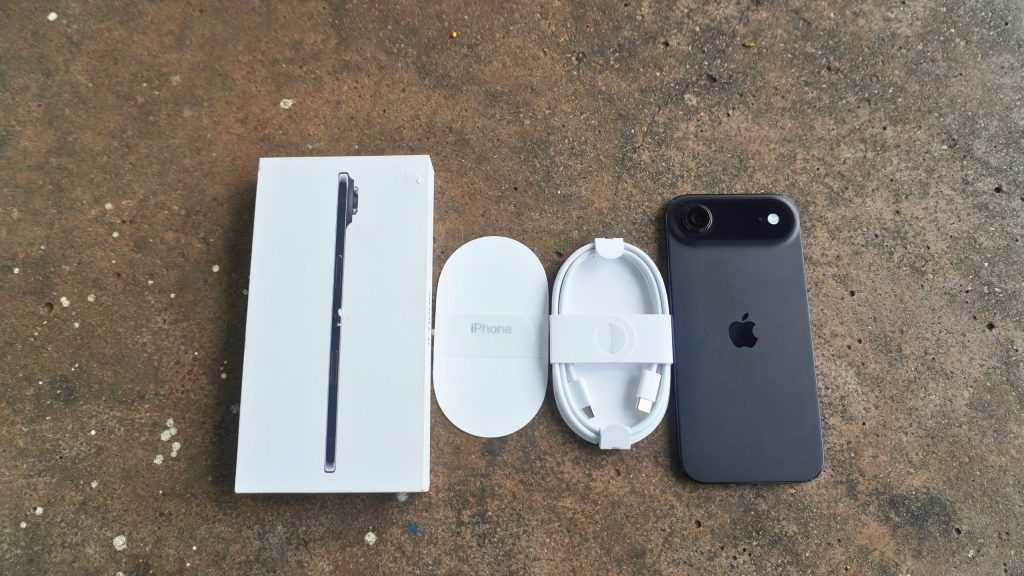
Inside the iPhone Air box, you receive a USB Type-C to USB Type-C cable for charging and data transfer, along with the iPhone Air.
Due to increasingly strict environmental regulations, Apple has reduced the contents of its boxes. The iPhone Air does not include a power adapter (charger head), making the packaging as minimal as possible to reduce waste.
Design

The iPhone Air is among Apple’s most attractive designs yet. The online images don’t capture its in-person look.
This phone is exceptionally slim, but this thinness comes with some drawbacks, discussed later. It features a single-camera base system resembling recent Google Pixel models in both shape and placement, which users of both brands may recognize. although the lightweight, premium build is my favorite design feature. The experience exceeds expectations. Compared to Pro and Pro Max, it’s less bulky and more comfortable.
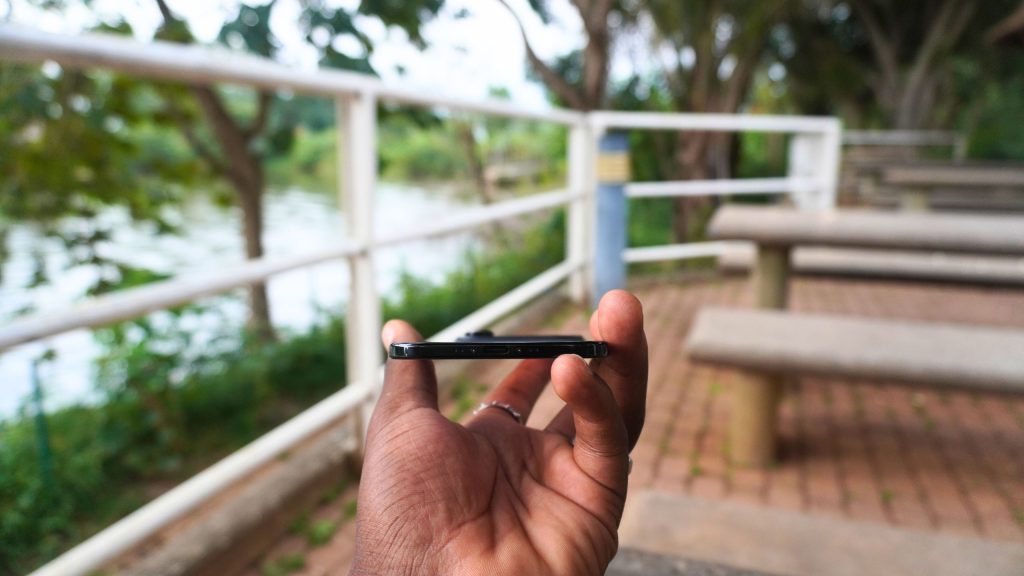
While I enjoy carrying the iPhone Air, some may appreciate Apple’s new design approach for its potential innovation—possibly signaling a move toward devices like the rumored iPhone Fold.
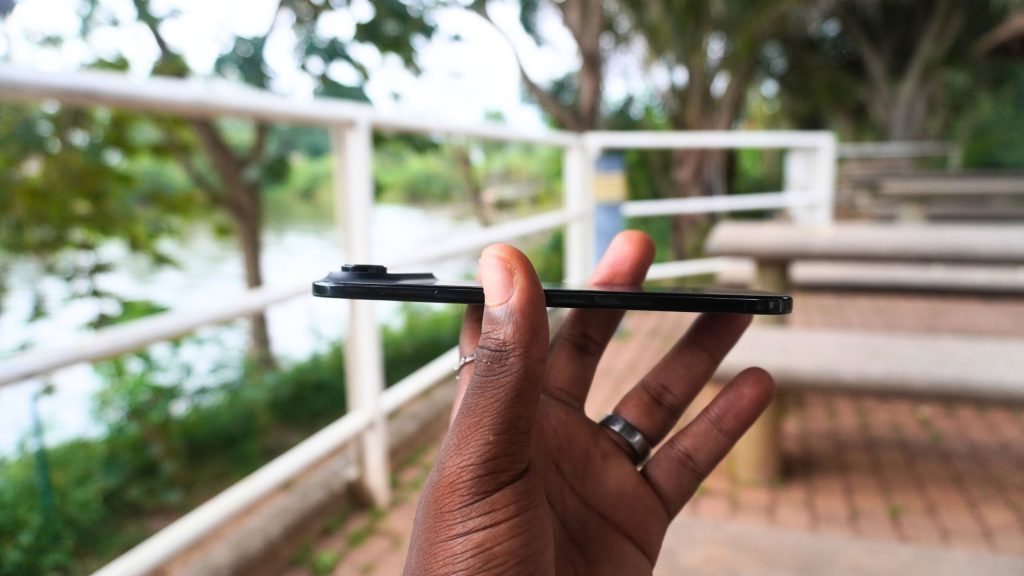
The iPhone Air’s durability impresses for its thinness. Its titanium build resists fingerprints and holds up well, similar to the 15- and 16-series models. while the iPhone Air is rated IP68 for dust and water resistance, meaning it is dust-tight and can withstand immersion in water up to 6 meters deep for up to 30 minutes. However, this rating is for accidental exposure and is not intended for activities like swimming or diving.
Despite being slim, it isn’t bendable and, in my opinion, feels like the strongest iPhone yet thanks to its texture.
The iPhone Air stands out in 2025 with its beautiful, lightweight design. I chose black for its elegance, it’s a top contender in this generation’s design.
Performance

Despite its thin profile, the iPhone Air maintains high processing performance as anticipated by users.
This one handled anything you throw at it, from mobile apps to games and editing software like CapCut for mobile content creators. Despite concerns about overheating due to sharing the same chipset as the 17 Pro models, the Pro models feature vacuum-chamber cooling.
Testing showed the device maintained moderate temperatures, even during gaming or heavy tasks. High-end video editing also provided a reliable experience. Overall, the iPhone Air aligns with creators’ needs, as content creation is a key consideration for mobile devices today.
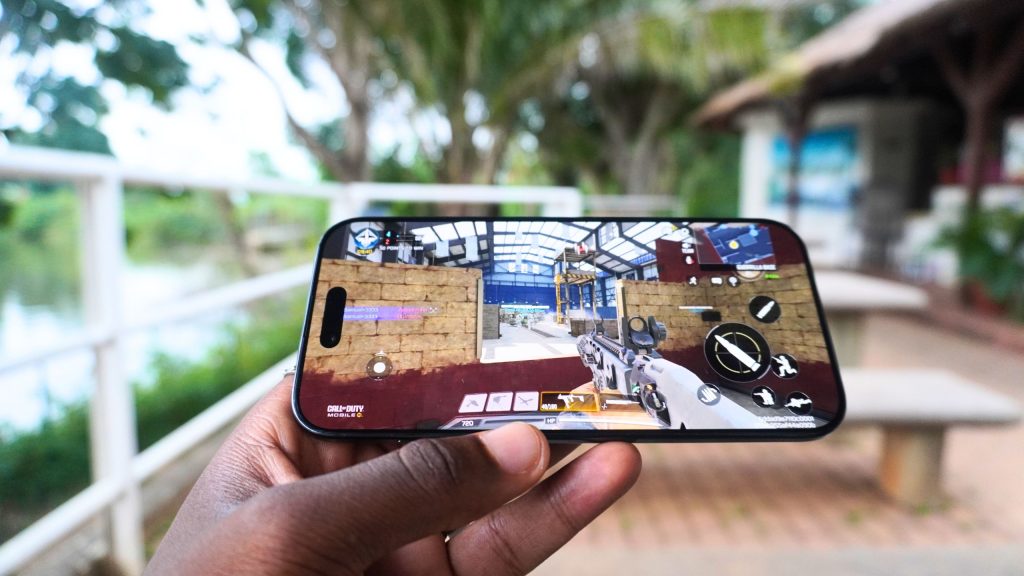
In gaming performance tests, the iPhone Air handled Call of Duty Mobile and PUBG at high graphics settings without noticeable overheating, despite expert concerns raised by comparisons with previous models known for thermal issues. Extended gaming sessions showed improved heat management compared to the iPhone 15 Pro Max, an unexpected outcome given initial skepticism before launch.
On performance, the iPhone Air excels for average users, delivering strong gaming and creative experiences. This reinforces its position as a leading contender among the latest iPhones and strengthens the argument that it may be Apple’s best new release.
Display
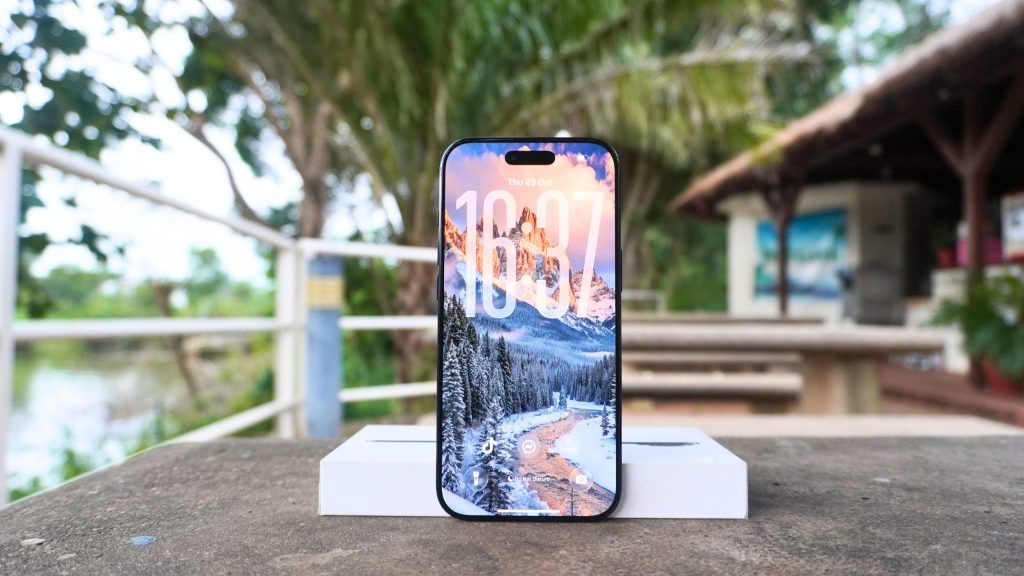
The iPhone Air’s display was also surprising. I was expecting something as small as the base model iPhone 16, but we got a 6.5-inch display with a 120 Hz refresh rate, which, so far, is quite impressive. The screen on the iPhone Air matches the size of Pro Max models, providing a large display without added device weight. Its slim body makes it easy to use, addressing typical concerns with larger devices.
The iPhone Air’s display delivers crisp, sharp colors compared to other high-end phones released this year. It is not classified as a flagship, but the display achieves a maximum brightness of 1000 nits in typical use, up to 1600 nits in HDR mode, and can reach 3000 nits in direct sunlight. These peak brightness levels are comparable to or exceed those of many premium competitors.
while the iPhone Air’s outdoor display brightness is notably high, providing clear visibility even with a dark privacy screen guard installed.
The iPhone Air display includes True Tone (which automatically adjusts the white balance based on the surrounding light), Haptic Touch (for pressure-sensitive interactions), and HDR (High Dynamic Range) support. It also supports a wide color gamut (displaying more colors than standard displays). While these are technical features, in daily use, the display renders accurate, vibrant colors.
Testing revealed strong color output in games and media. Color reproduction remains consistent after editing, which can be important for creators. Compared to the iPhone 15 Pro Max, the iPhone Air delivers vivid and reliable color.
In short, the iPhone Air draws on Pro model strengths while maintaining top-tier features. These capabilities support its case as a primary candidate for Apple’s best iPhone of 2025.
Battery
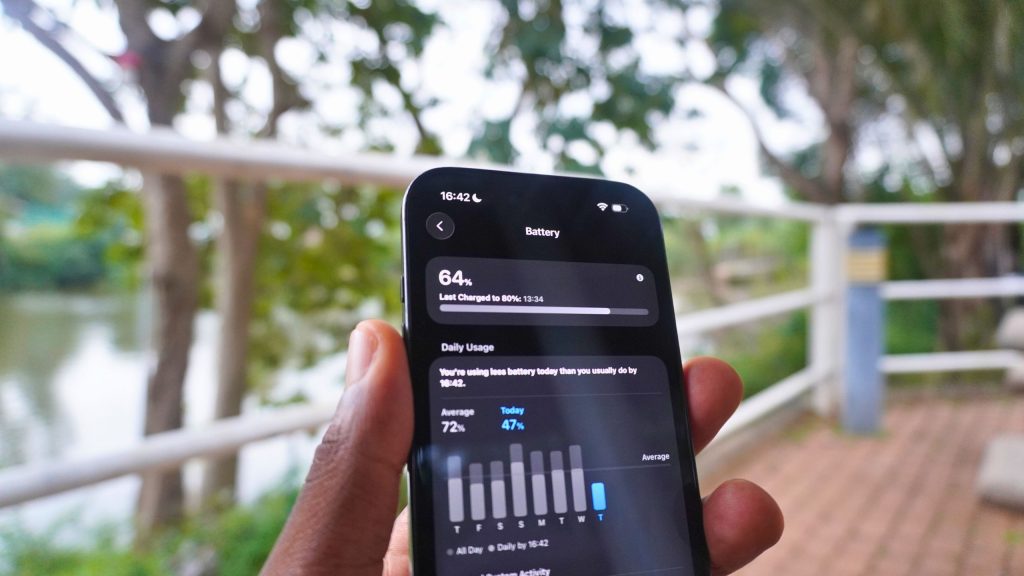
Now on to the most controversial topic on the iPhone Air: the battery, which has been a subject of discussion for a while, given that it’s the smallest Apple has fit into an iPhone in the modern era. Apple included a 3149 Mah battery in the iPhone Air. Despite its slim design, the battery performs as expected and is sufficient for daily use.
During testing, I was able to use the iPhone Air for up to 13 hours on a full charge. This duration equates to roughly a day’s use before needing to recharge. The iPhone Air also supports an additional battery pack designed specifically for this model, though most users will not require it.
On average, the iPhone Air maintained battery life during gaming and camera use. While such uses drain power, performance exceeded expectations established by rumors and marketing.
Let’s put it in context: on heavy usage, you can get about 10 hours on a full charge of 100%, while on mild usage, as an average user, you can get up to 13 hours, which translates to about 1 charge per day. That means you can get up to 365 charge cycles over a full year. For average usage, that’s still decent.
A smaller battery allows for quicker charging. The iPhone Air can reach 50% charge in 30 minutes when using a compatible fast-charging adapter. It also supports wireless charging up to 20 W. However, users must use a high-quality charging adapter to achieve these fast charging speeds, as lower-quality chargers may not provide optimal performance.
In conclusion, despite concerns about battery size, the iPhone Air delivers praiseworthy battery life for a slim device. This result strengthens its argument as a leading choice for the best current iPhone.
Camera

To achieve the iPhone Air’s thin profile, Apple made design trade-offs, including changes to the camera system. The iPhone Air has a simpler camera setup than other models. the iPhone Air features a 48 MP rear camera and an 18 MP front/selfie camera, but how well does the iPhone Air’s camera perform? Does it meet the daily expectations of the average user or the expectations of the average content creator?
The single-camera setup on the iPhone Air comes with expected trade-offs, but for anyone except the most demanding creators, its performance is close to that of the Pro models. This underlines that iPhone Air provides one of the most well-rounded packages for most users, supporting its claim as a potential best-in-class iPhone.
Photos taken with the iPhone Air can use up to 10x digital zoom, maintaining image clarity that closely resembles that of the Pro models. The camera’s night and low-light performance is strong. For the average user, the differences from Pro models are subtle and may only be noticed in direct comparisons or by professional users.
You also get a couple of modes, which include:
Photo
Portrait
Panoramic
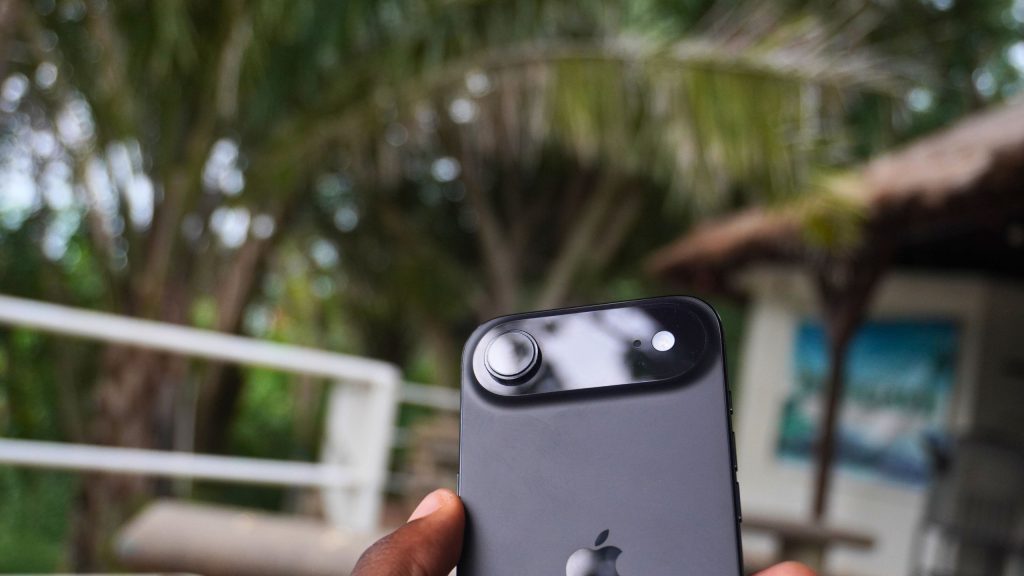
In Photo mode, you get the flash option, Live Photos (typical on iPhone models), a timer, an exposure button to control your brightness, styles, aspect ratio, and night mode.
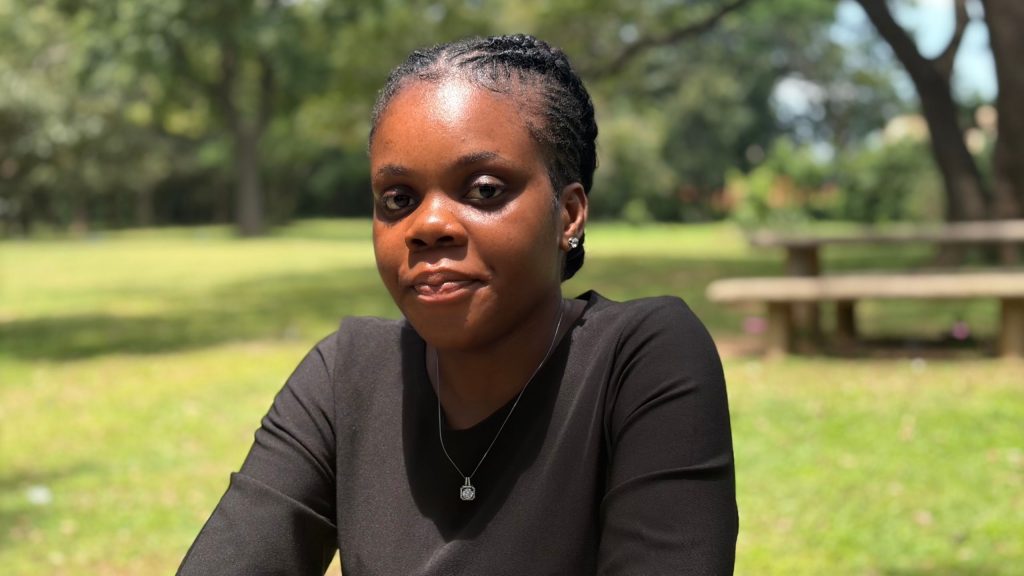
In Portrait mode, the iPhone Air provides flash and aperture controls. The adjustable aperture (f/1.4-f/16) lets you control the background blur (bokeh) in your pictures. Additional options include an exposure button, image styles, and different aspect ratios.

The selfie camera, on the other hand, still features all the features you find on the back camera system, except it’s an 18 MP system, which, for an average user, is perfect. The images from the selfie camera are nothing short of exceptional.
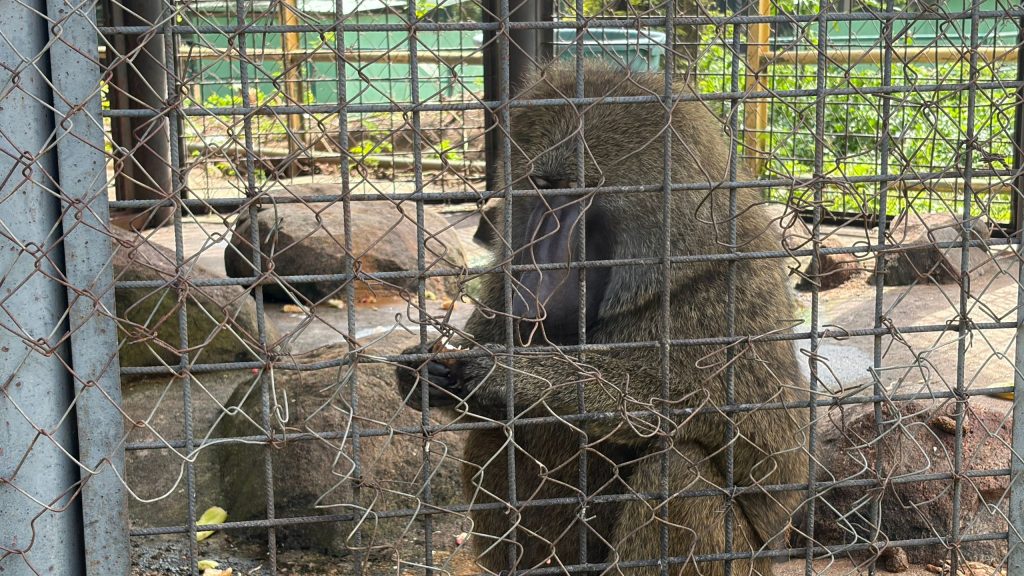
In a nutshell, the image quality of the iPhone Air is nothing different from what you get on the Pro models, and if you are not a kind of creator, then the iPhone Air is excellent as regards its image quality.
Now, how does this one perform in terms of its video capabilities? Note that this one can shoot at 4K HDR. This one does not feature the Apple Signature ProRes mode, which is a downside for creators, but for an average user, trust me, you will never need the ProRes feature.
Everything else regarding the video is perfect. You get up to 6x zoom on the back camera, and also a very functional Action button. Now, it enables users to stabilize their images like using a gimbal, and, in fact, it’s very functional.
Now you can shoot up to 4K at 24, 30, or 60 fps, but in Action mode, you can only shoot 2.8K, which is still good since social media tends to reduce quality these days.
While testing, aside from the lack of the ProRes feature and the 0.5 wide-angle lens, you simply get what you get on the iPhone Pro models, which is quite impressive considering the size of this device.
Connectivity
Now, there is a downside to this one regarding its connectivity. Now standard on all iPhones sold outside the US, you get a physical SIM and an eSIM. Still, in Apple’s bid to create the thinnest iPhone ever, it tends to omit more components from the iPhone Air, including the physical SIM slot.
In certain parts of the world, like where I’m from, this can be an issue, especially given that eSIMs are not flexible due to poor network connectivity. I understand that eSIM issues are not a problem in the US market, as US consumers are already accustomed to using eSIM devices.
Aside from that, the SIM connections on the iPhone Air are seamless. This one supports Bluetooth 6.0, which is standard as of 2025, with Wi-Fi 802.11. Wi-Fi connection is seamless, but you would experience significant battery drain when using the hotspot on this one, as with any iPhone or mobile device.
In a nutshell, the connectivity on this one is nice. I did not experience any cracks or network outages when on mobile calls, and the Bluetooth connection is seamless.
Speakers and Audios
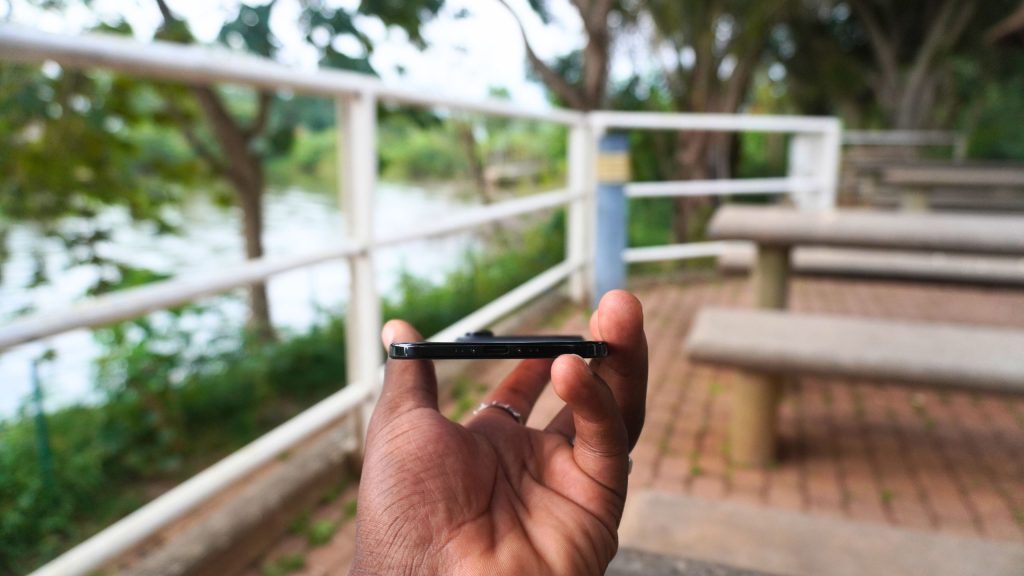
Here’s where I fell out with the iPhone Air: the iPhone Air’s speaker is not as loud as you get on regular iPhones, all because it omits its stereo speaker for something new to make this one as thin as possible.
Now note that the iPhone Air features what we call the mono speaker system, in which the top speaker, which usually serves as the earpiece for calls, also acts as the main speaker.
Now, there are a few flaws on the side, and, for a fact, they’re annoying. I couldn’t help but notice a significant flaw regarding volume, especially outdoors. Now, if you are a fan of the outdoors or you always take the metro, then note that you won’t enjoy your walk to the bus while scrolling on social media or when you’re trying to listen to a voice note from a family friend or your partner, as in this case, the iPhone speaker doesn’t serve at all.
But if you are a fan of AirPods, then you are in luck; the AirPods can, for a fact, fill the gap the speakers made on this particular one, or even a wired earpiece can work well.
Aside from that, using this device indoors still sounds effortless through its speakers, and aside from the outdoor discomfort, the iPhone Air’s speakers are good enough for the average user.
Storage Option
This one starts from around 256 GB, 512 GB, 1 TB, and 12 GB of RAM. Apple eliminated the 128 GB variant from the iPhone 17 lineup and now supports up to 2 TB on the iPhone 17 Pro and iPhone 17 Pro Max.
Pros
- Extremely Thin & Lightweight: The slimmest iPhone ever, offering a premium and comfortable hand feel.
- Beautiful Design: Titanium build with a modern, durable, fingerprint-resistant finish.
- Strong Durability: Despite its thinness, it’s sturdy and IP68 water- and dust-resistant (up to 6 m for 30 minutes).
- Large & Bright Display: 6.5-inch OLED with 120 Hz refresh rate, HDR, True Tone, and up to 3000 nits brightness.
- Excellent Performance: Shares the same chipset as the iPhone 17 Pro, enabling smooth gaming, editing, and multitasking.
- Cool Under Load: Minimal overheating even during long gaming or video editing sessions.
- Decent Battery Life: 3149 mAh battery lasting up to 13 hours of use, with 50% charge in 30 minutes.
- Strong Camera Output: 48 MP rear and 18 MP front cameras produce sharp, natural, and bright images.
- Good Video Capability: Shoots 4K HDR at up to 60 fps with Action Mode stabilization.
- Fast Connectivity: Bluetooth 6.0 and Wi-Fi 802.11 deliver stable connections.
- Ideal for Creators: Great color accuracy, stable performance, and smooth editing experience.
Cons
- Mono Speaker Setup: Lacks stereo output, resulting in low outdoor volume.
- No Physical SIM Slot: eSIM-only design limits usability in regions with weak network infrastructure.
- Smaller Battery Capacity: Although optimized, 3149 mAh may not meet the needs of heavy users.
- No ProRes Support: Lacks Apple’s ProRes video feature, limiting professional creators.
- No Ultra-Wide Lens: Single-camera system misses out on wide-angle versatility.
- Fewer Box Accessories: No charging brick included, only Type-C cable.
- Potential Network Drain: Hotspot and Wi-Fi sharing can drain the battery faster.
| Category | Details |
| Launch Date | 19th September 2025 (Part of iPhone 17 lineup) |
| Body | Titanium build · Ultra-thin & lightweight · IP68 water/dust resistant (6 m for 30 min) · Fingerprint resistant |
| Dimensions & Weight | Thinnest iPhone ever (156.2 x 74.7 x 5.6 mm (6.15 x 2.94 x 0.22 in) 165g · Extremely lightweight |
| Display | 6.5-inch OLED · 120 Hz refresh rate · HDR · True Tone · Haptic Touch · Wide color profile |
| Brightness | 1000 nits (typical) · 1600 nits (HDR) · 3000 nits (outdoor peak) |
| Performance / Chipset | Same chipset as iPhone 17 Pro (A18 Pro expected) |
| RAM | 12 GB |
| Storage Options | 256 GB / 512 GB / 1 TB (no 128 GB variant) |
| Main Camera | 48 MP (f/1.4–f/16 aperture control) · 10× zoom · Photo / Portrait / Panoramic modes |
| Camera Features | Live Photos · Timer · Flash · Exposure control · Styles · Aspect ratio · Night mode |
| Video Recording | 4 K HDR @ 24 / 30 / 60 fps · Action Mode 2.8 K · Up to 6× zoom · No ProRes |
| Selfie Camera | 18 MP (front) · Photo & Portrait modes · Exceptional clarity |
| AI / Action Features | Action Mode stabilization (gimbal-like performance) |
| Battery Capacity | 3149 mAh Li-ion (non-removable) |
| Battery Life | 13 h moderate use / 10 h heavy use (≈ 1 day per charge) |
| Charging | 50 % in 30 min (Fast Charge via USB-C) · 20 W wireless (MagSafe/Qi supported) |
| Connectivity | eSIM-only · Bluetooth 6.0 · Wi-Fi 802.11 (seamless connection) |
| Ports | USB-C (Type-C to Type-C cable included) · No 3.5 mm jack |
| Speakers & Audio | Mono speaker system · Top speaker handles calls + audio · Loud indoors but quiet outdoors |
| Durability | Non-bendable frame · Titanium adds strength |
| Extras | Supports AirPods and wired earpieces · Action button for stabilization |
| In the Box | iPhone Air · USB-C to USB-C cable (no adapter included) |
| Price | From $1000 |
| Color Options | Cloud White, Space Black, Light Gold, Sky Blue |
| SIM Type | eSIM-only |
| Operating System | iOS 26 |
Price
The price of the iPhone Air or any iPhone 17 model would vary by location and availability. If you are in the US, you can pick this up starting at 256 GB and going up to 1 TB. For users in other parts, the price will vary depending on the store you are getting from, but usually starts from $1000.
Should you buy the iPhone Air?
If you are in the market for something new that feels totally different from what you usually get on the Pro and Pro Max models of the iPhone, then the iPhone Air is the perfect pick for you. This blend of comfort and sleek design offers optimized performance, all in a new body. I’m very impressed with what this one has to offer, and I got mine in black, which looks sick with a clear transparent case.
If you are in the market for something new, then the iPhone Air is your best pick for under $1000.